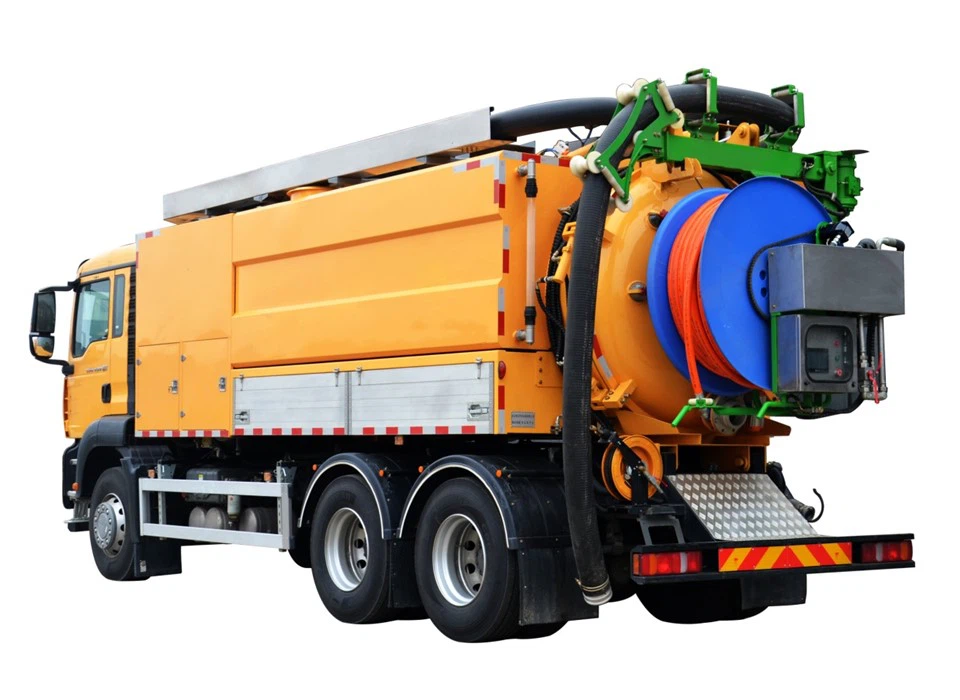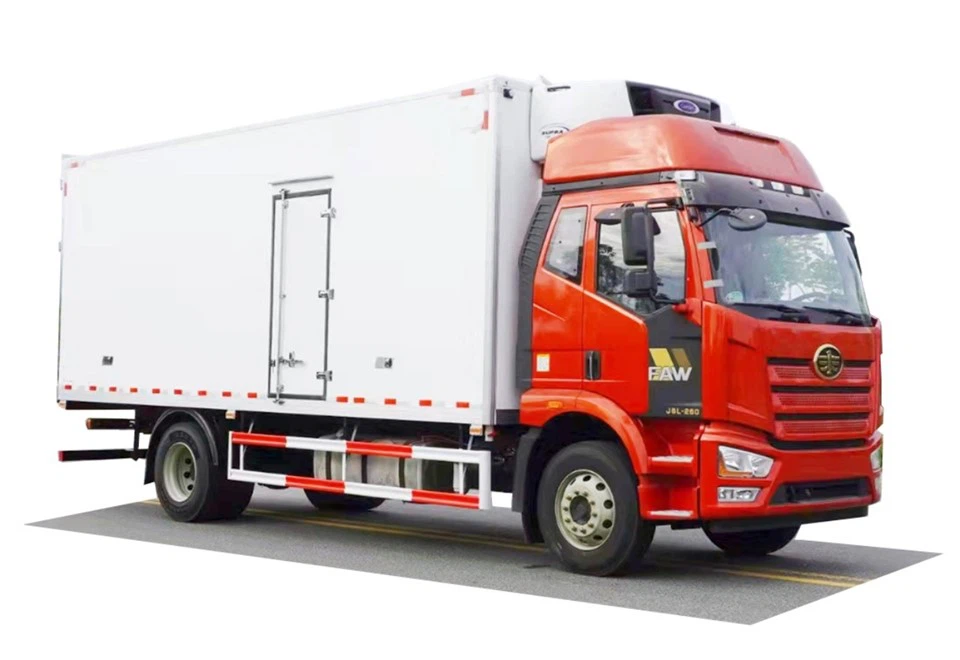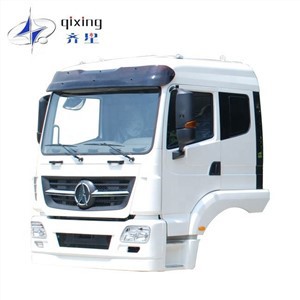Lorry Recovery Trucks: The Ultimate Guide to Efficient Vehicle Recovery

Lorry recovery trucks are essential for transporting broken down or accident-damaged commercial vehicles. In this comprehensive guide, we will explore the various aspects of lorry recovery trucks, including their types, functionalities, safety measures, and operational tips.

What Are Lorry Recovery Trucks?
Lorry recovery trucks are specialized vehicles designed to tow or transport large trucks and heavy commercial vehicles that cannot move under their own power. These trucks are equipped with powerful towing mechanisms and conveyances that allow them to handle significant weight and size.

Key Components of Lorry Recovery Trucks
- Towing Mechanism: The primary component used for recovery.
- Bed: The flat surface where the vehicle is loaded.
- Winch System: Assists in pulling vehicles onto the recovery truck.
- Stabilizers: Provide balance while loading and unloading vehicles.
- Lighting and Signage: Ensures visibility and safety during operations.
Types of Lorry Recovery Trucks
Different types of lorry recovery trucks cater to various needs. The main types include:
1. Flatbed Recovery Trucks
Flatbed recovery trucks feature a completely flat loading bed. They are ideal for transporting vehicles that have serious mechanical failures or damage. Advantages include ease of loading and securing the vehicle.
2. Slide-Back Recovery Trucks
Slide-back recovery trucks have a bed that can slide backwards to facilitate loading vehicles. This model is beneficial for low-clearance vehicles and allows for more straightforward recovery without the need for a winch.
3. Wheel-Lift Recovery Trucks
These trucks use a hydraulic lift system to raise the front or rear wheels of the vehicle off the ground while towing it. This style is ideal for quick recoveries, especially in tight spaces.
4. Heavy-Duty Recovery Trucks
Heavy-duty recovery trucks are built for larger vehicles, such as buses or tractor-trailers. They have powerful engines and robust towing systems to handle the added weight and size.
Features to Consider When Choosing Lorry Recovery Trucks
1. Capacity
The towing capacity is crucial. Consider the weight of the vehicles you typically recover to ensure your truck can handle them safely.
2. Engine Power
A powerful engine is necessary for efficient operation. Look for trucks with robust engines that can handle demanding recoveries.
3. Versatility
Choose models that offer versatility, such as adjustable towing mechanisms and adaptable bed layouts to accommodate various vehicle types.
4. Safety Features
Safety is paramount. Look for features such as anti-lock brakes, stability control systems, and advanced lighting systems.
Operational Best Practices for Lorry Recovery Trucks
1. Proper Training
Ensure that operators are properly trained in using recovery equipment and understanding vehicle dynamics.
2. Vehicle Inspection
Conduct regular inspections of the recovery truck and its components, including brakes, lights, and towing mechanisms, to ensure safe operation.
3. Secure the Load
Always secure the vehicle being recovered with chains or straps to prevent accidents during transport.
4. Follow Legal Requirements
Be aware of local laws and regulations regarding vehicle recovery operations, including necessary permits and insurance requirements.
Common Scenarios for Using Lorry Recovery Trucks
1. Accidents
Road accidents often require immediate recovery services to clear the roadway and ensure traffic flow.
2. Mechanical Failures
Vehicles that break down on highways or remote locations need recovery assistance to return to a service point.
3. Off-Road Recovery
In incidents where vehicles get stuck in muddy or rough terrains, specialized recovery trucks can assist in extraction.
4. Transporting Unlicensed Vehicles
Recovery trucks are often used to transport abandoned or impounded vehicles back to secure locations.
Maintenance Tips for Lorry Recovery Trucks
1. Regular Oil Changes
Just like any vehicle, regular oil changes are essential for engine health.
2. Brake Inspection
Check and replace brake components regularly to ensure they function correctly.
3. Clean the Bed
Keeping the loading bed clean prevents scratches and ensures proper securement of recovered vehicles.
4. Tire Maintenance
Monitor tire pressure and tread depth regularly to maintain traction and prevent blowouts during recovery operations.
Comparative Analysis of Lorry Recovery Trucks
| Type of Truck | Advantages | Disadvantages |
|---|---|---|
| Flatbed Recovery Truck | Easy loading; ideal for damaged vehicles | Requires more space for operation |
| Slide-Back Recovery Truck | Less need for additional equipment | May be limited in heavier recoveries |
| Wheel-Lift Recovery Truck | Quick recovery; compact design | Not suitable for all vehicle types |
| Heavy-Duty Recovery Truck | Powerful; suitable for large vehicles | Higher operational costs |
Cost Considerations for Lorry Recovery Trucks
1. Purchase Price
The upfront cost of lorry recovery trucks varies greatly depending on the type and specifications, ranging anywhere from $30,000 to over $200,000.
2. Maintenance Costs
Ongoing maintenance is vital. Budget for regular servicing, parts replacements, and unexpected repairs.
3. Insurance
Insurance premiums can be substantial for recovery trucks due to the risks involved in towing and transporting heavy vehicles.
4. Fuel Efficiency
Consider the vehicle’s fuel efficiency when calculating operating costs, as recovery operations may involve extensive driving.
Future Trends in Lorry Recovery Trucks
1. Electric Recovery Trucks
The trend towards electric vehicles has extended to recovery trucks, which could improve sustainability and reduce fuel costs.
2. Technological Integration
Modern recovery trucks are incorporating advanced technologies, such as GPS tracking and telemetry for efficient routing and recovery operations.
3. Automated Recovery Systems
Some manufacturers are exploring automated systems to assist drivers in loading and unloading vehicles, enhancing safety and efficiency.
Frequently Asked Questions (FAQ)
1. How long does it take to recover a vehicle using a lorry recovery truck?
The time required for vehicle recovery can vary depending on factors such as vehicle type, damage level, and location, typically ranging from 30 minutes to several hours.
2. What qualifications do drivers need to operate lorry recovery trucks?
Drivers should possess specialized training in vehicle recovery operations, as well as a valid commercial driver’s license (CDL) and experience in operating heavy vehicles.
3. Are there any legal requirements for lorry recovery operations?
Yes, recovery operations may require specific licenses, insurance coverage, and adherence to local traffic laws and regulations. Always check local guidelines.
4. Can lorry recovery trucks tow multiple vehicles at once?

In some cases, specialized recovery trucks can tow multiple vehicles, but this depends on the size and weight of the vehicles and local regulations. Always prioritize safety.
5. What should I do if my truck breaks down on the highway?
Stay calm, move to a safe location if possible, turn on hazard lights, and call for recovery services. Keep emergency contact details handy.
6. How often should lorry recovery trucks be serviced?
Routine maintenance is crucial, typically every 5,000 to 10,000 miles, but always follow the manufacturer’s recommendation for specific service intervals.
